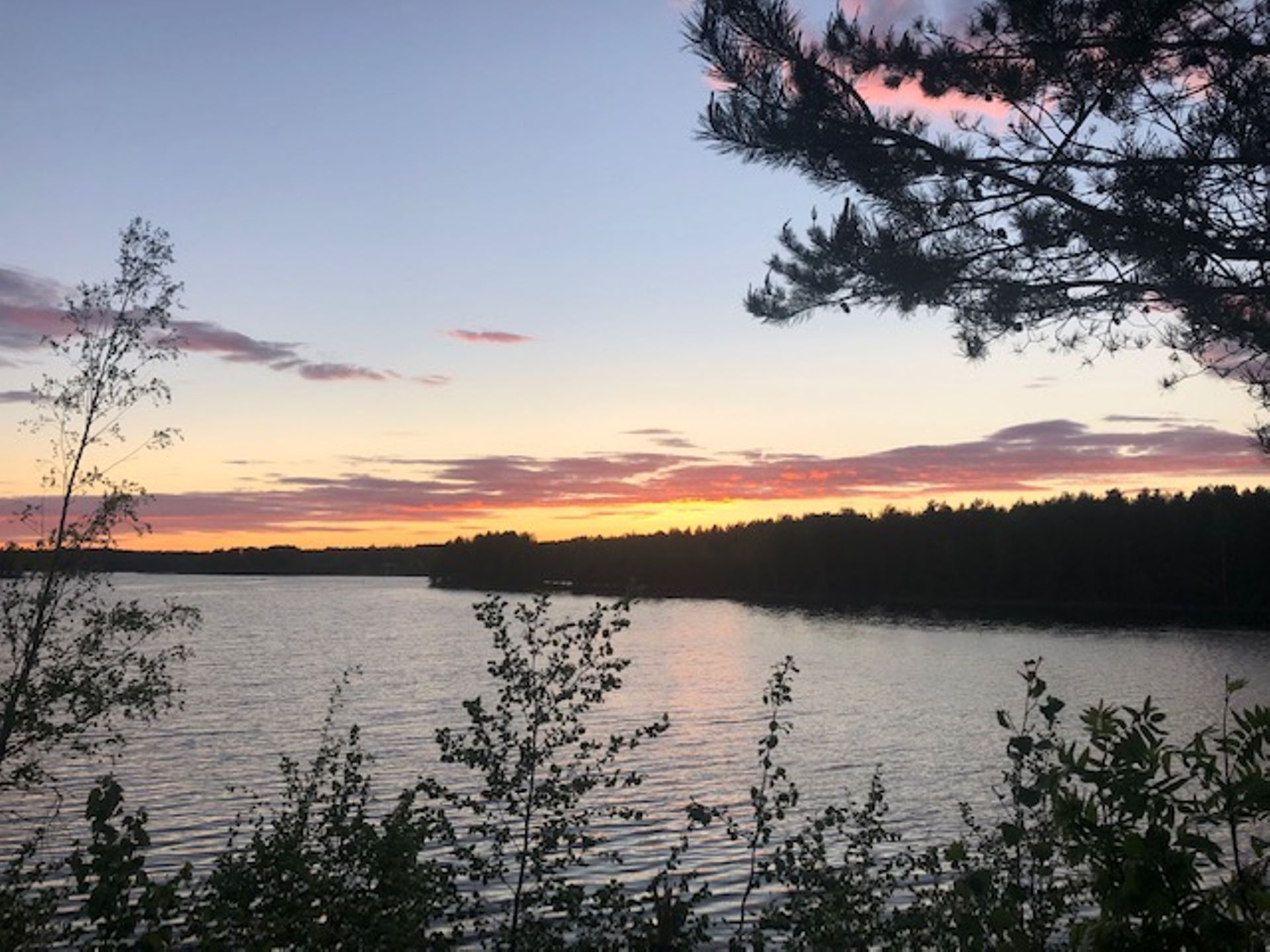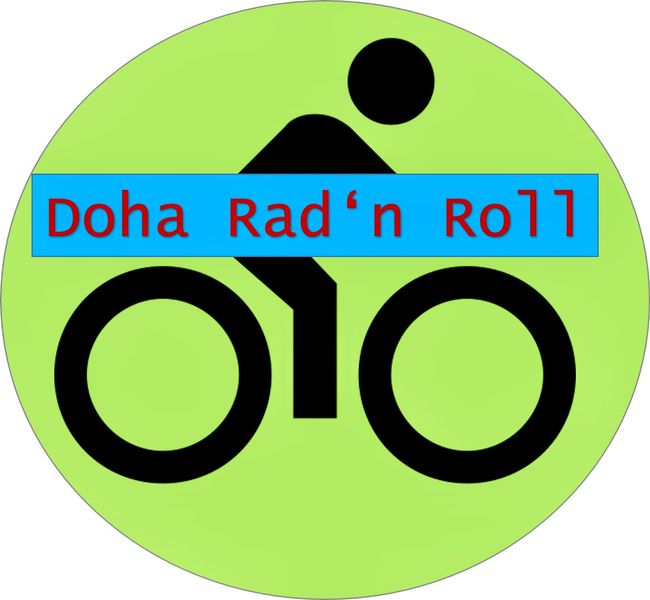Burgenland ne Transdanubia na ɛwɔ hɔ
Wɔatintim: 08.07.2022
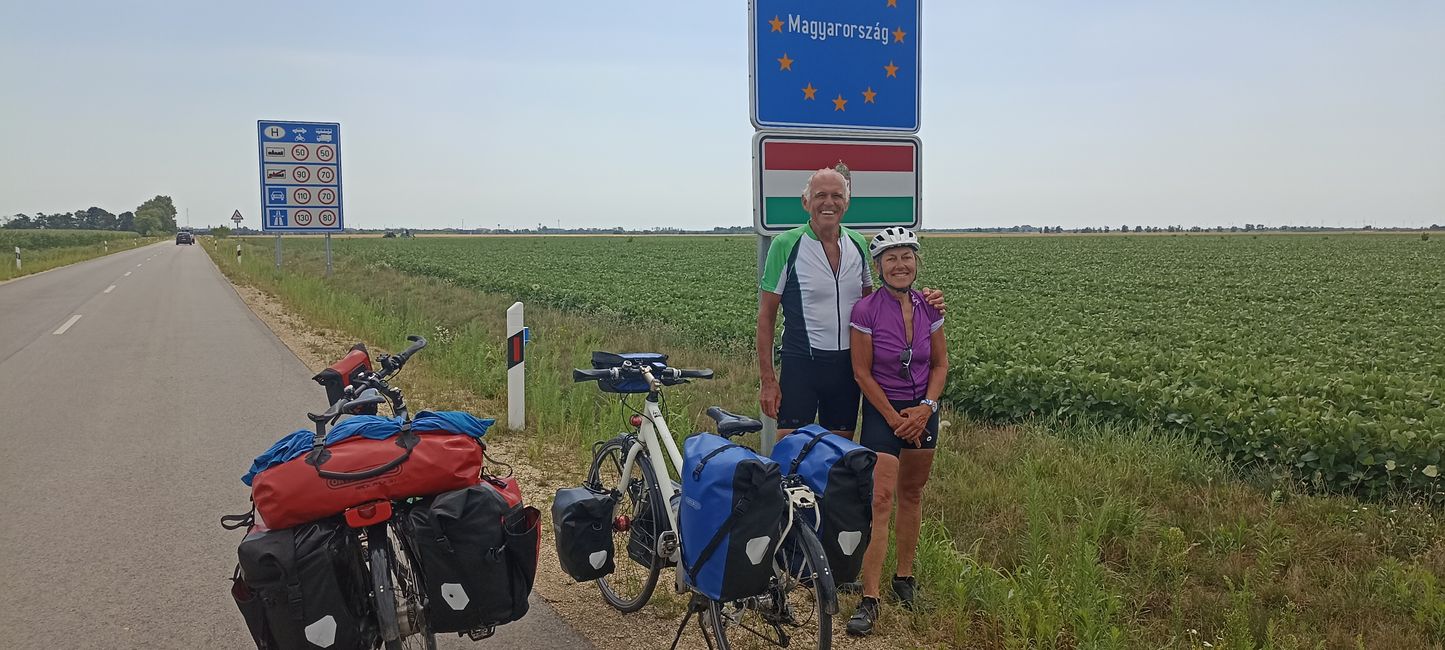
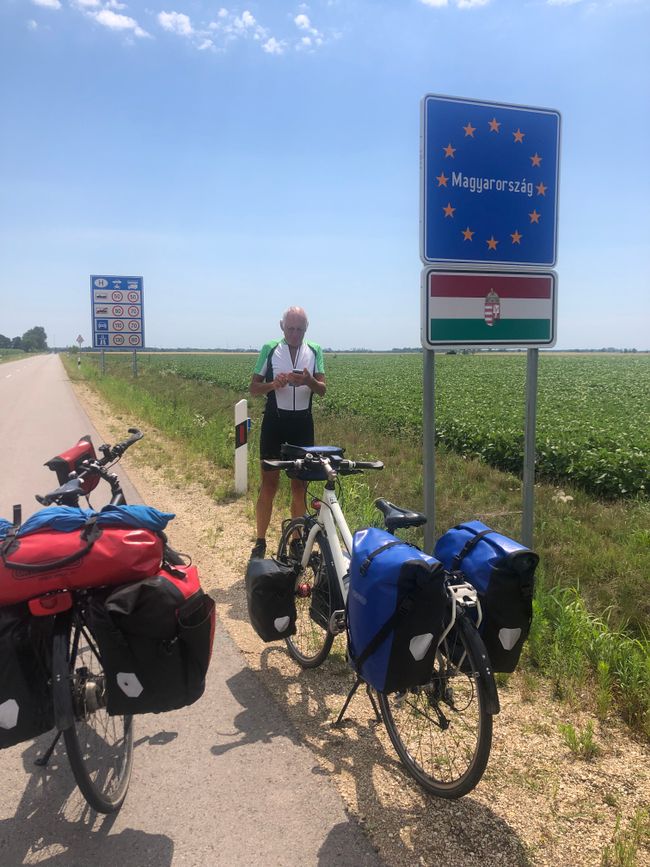
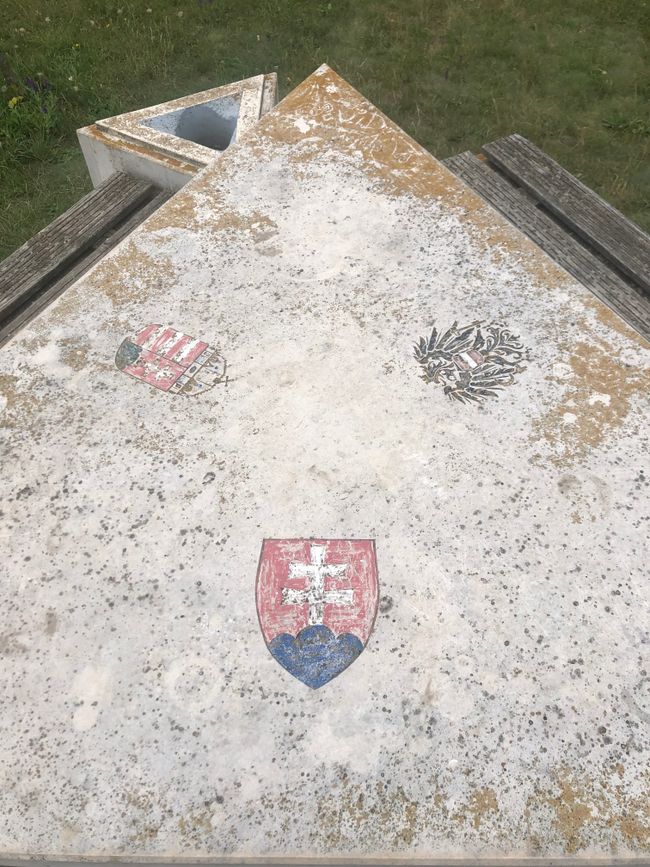
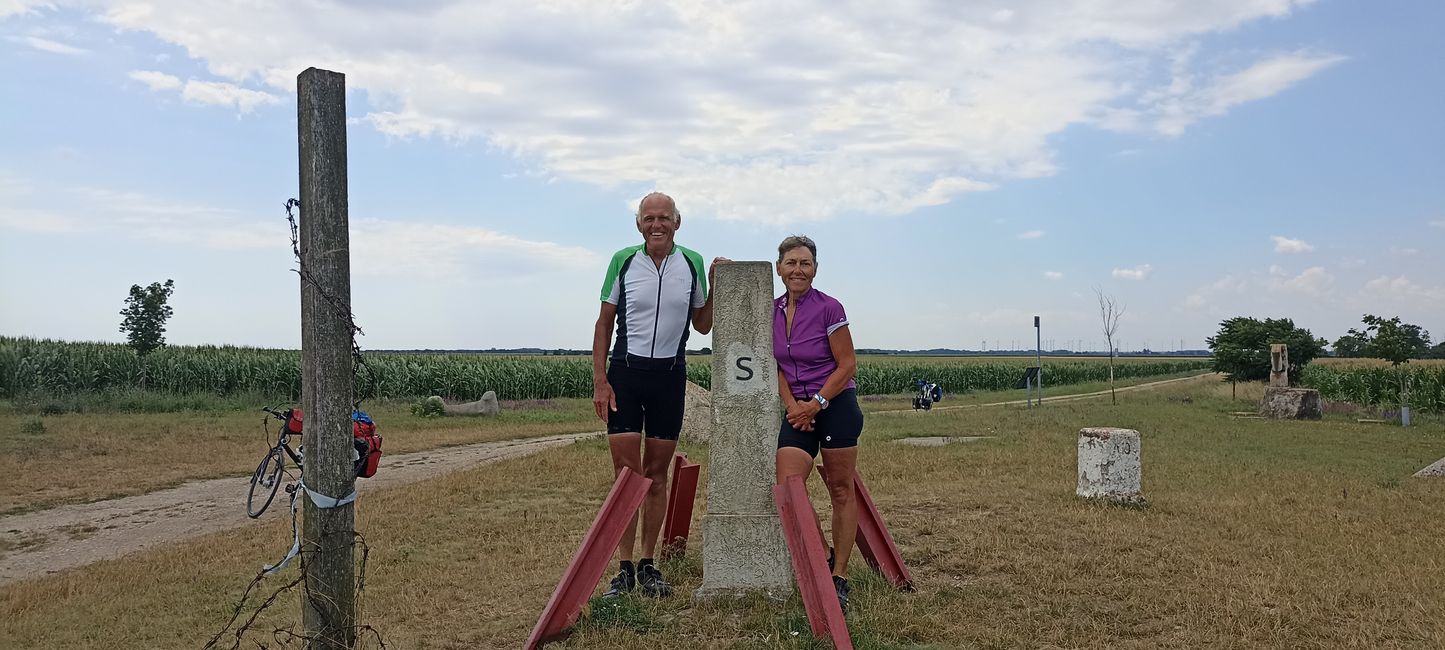
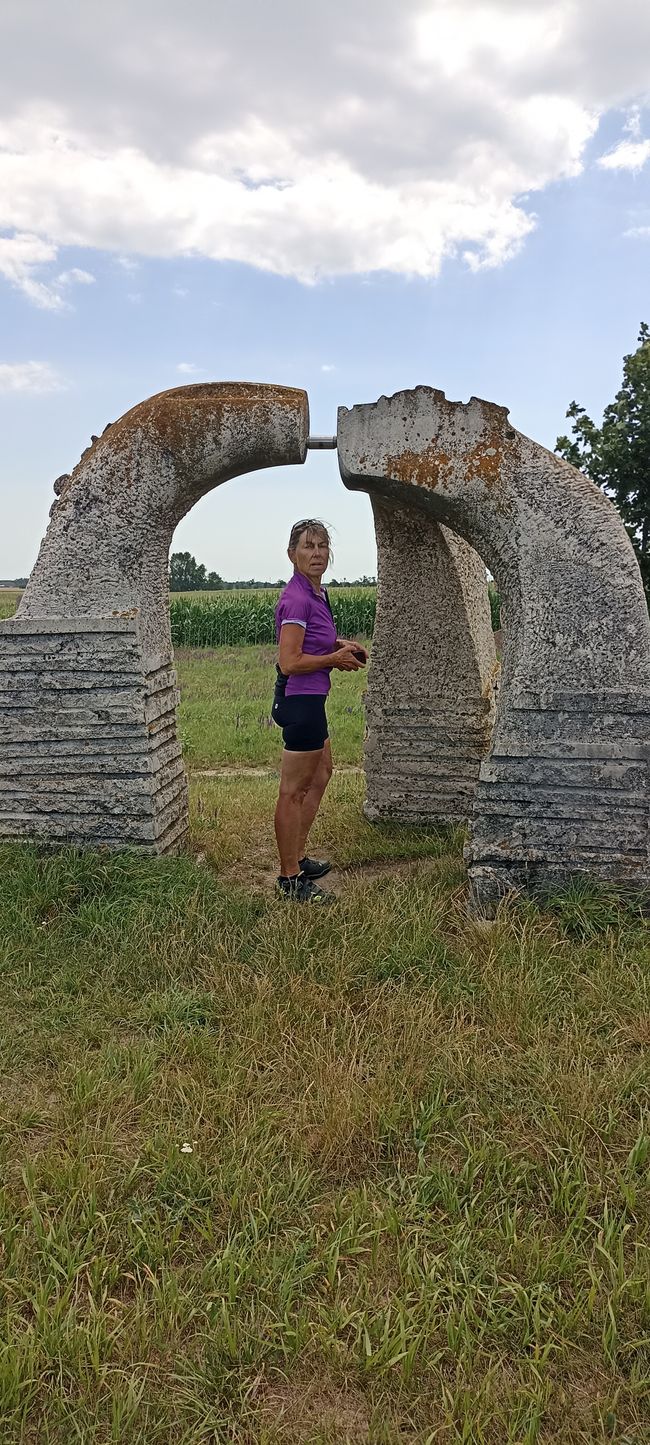
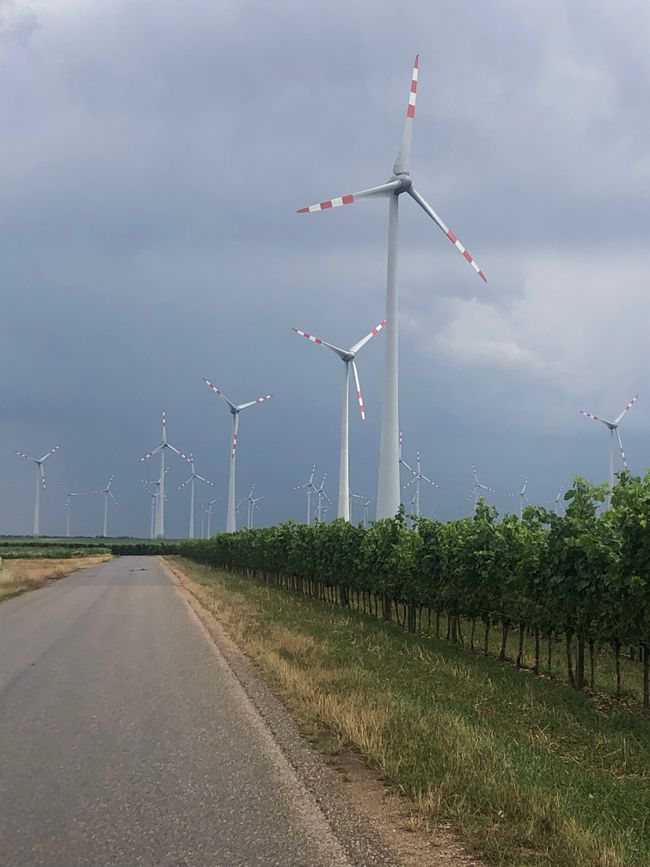
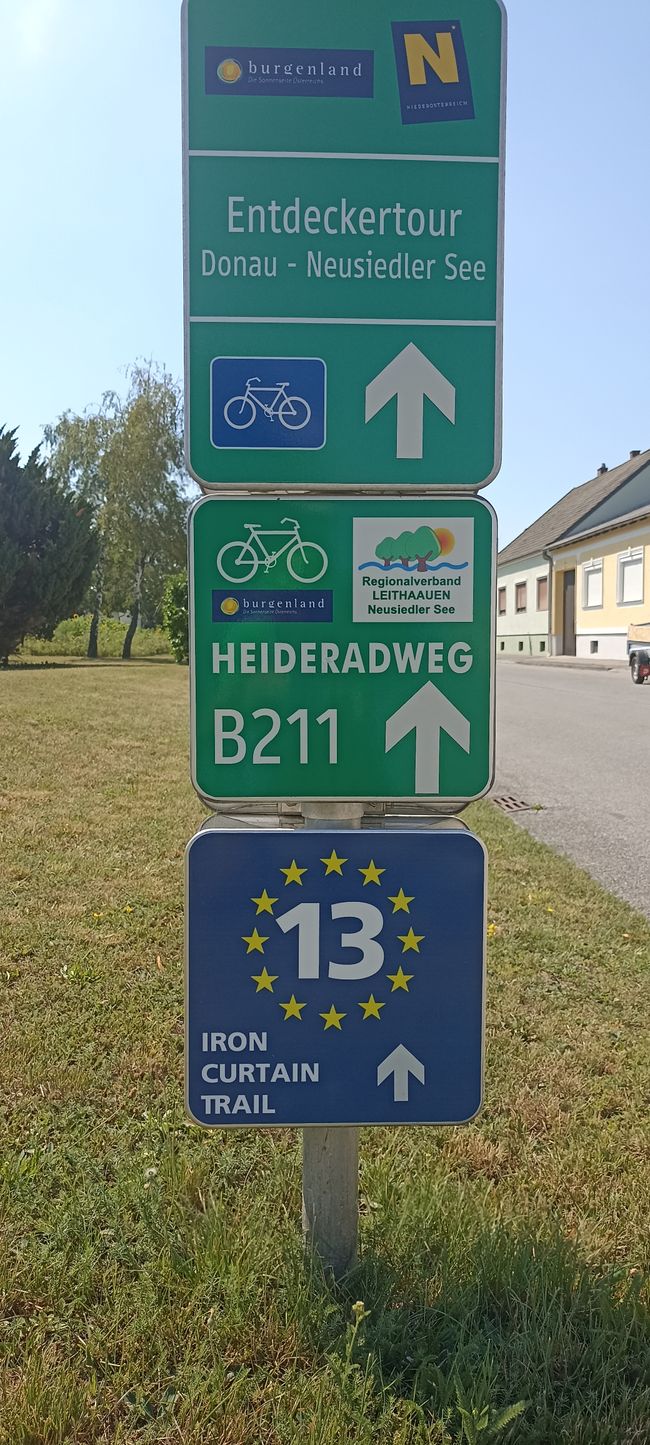
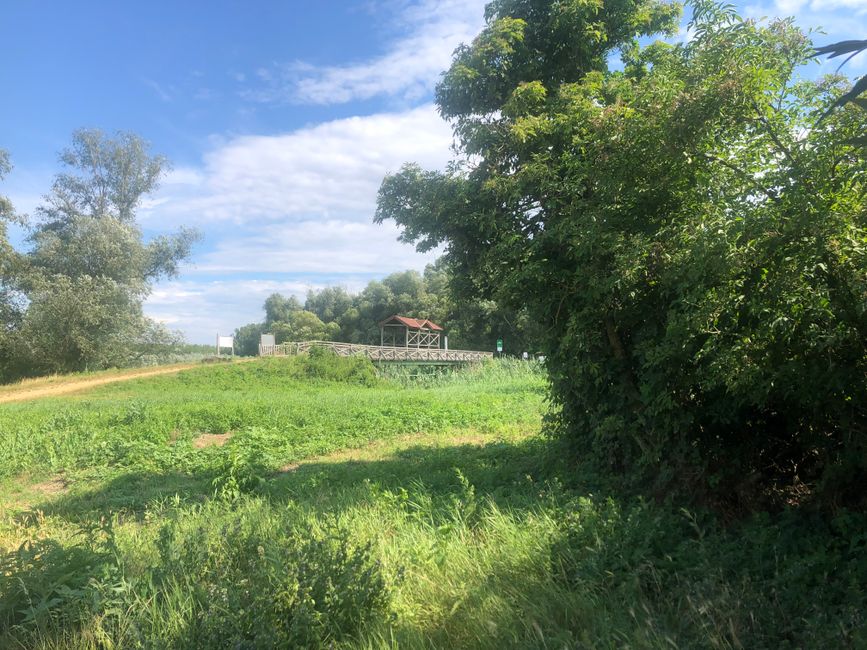
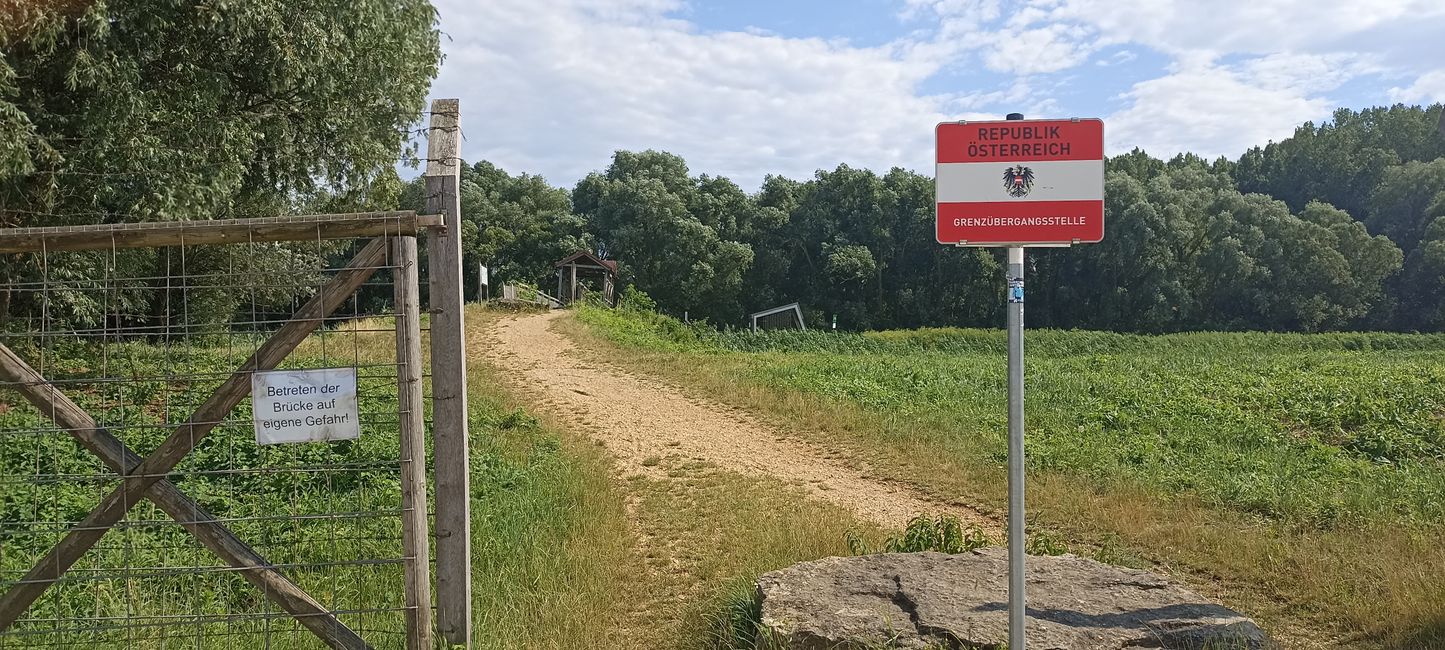
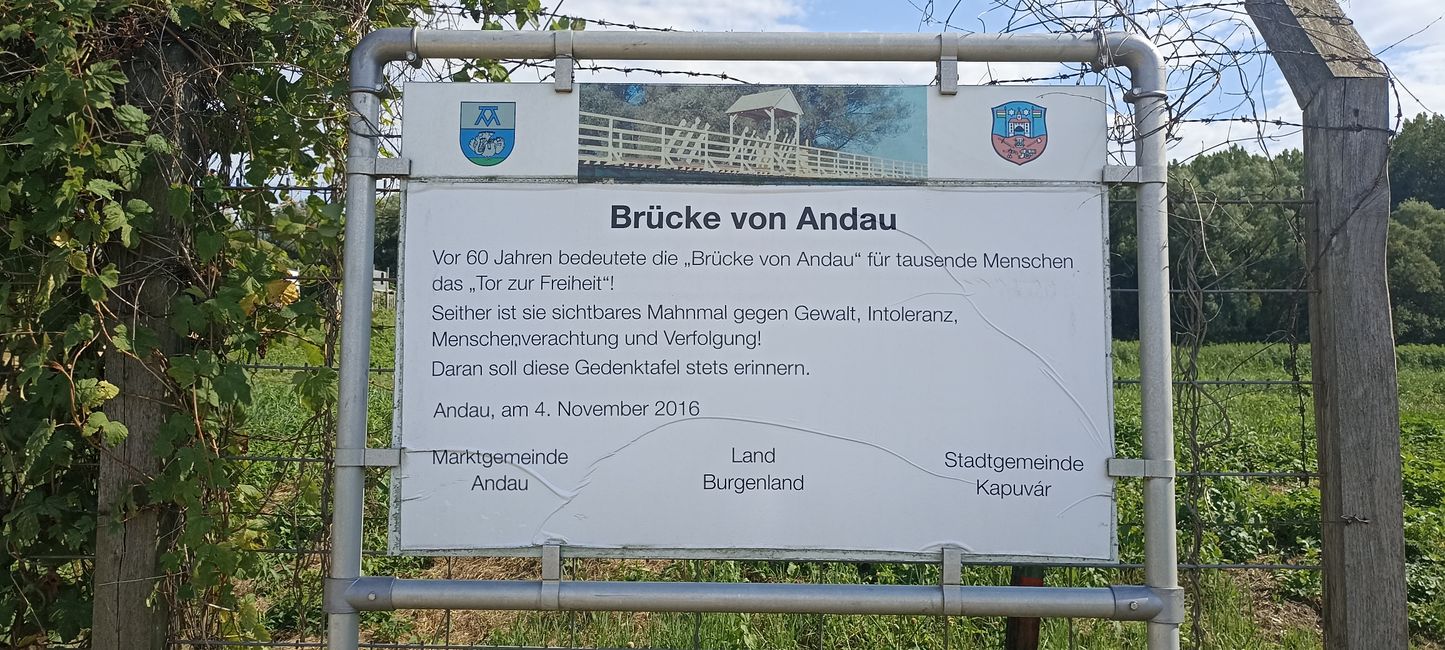
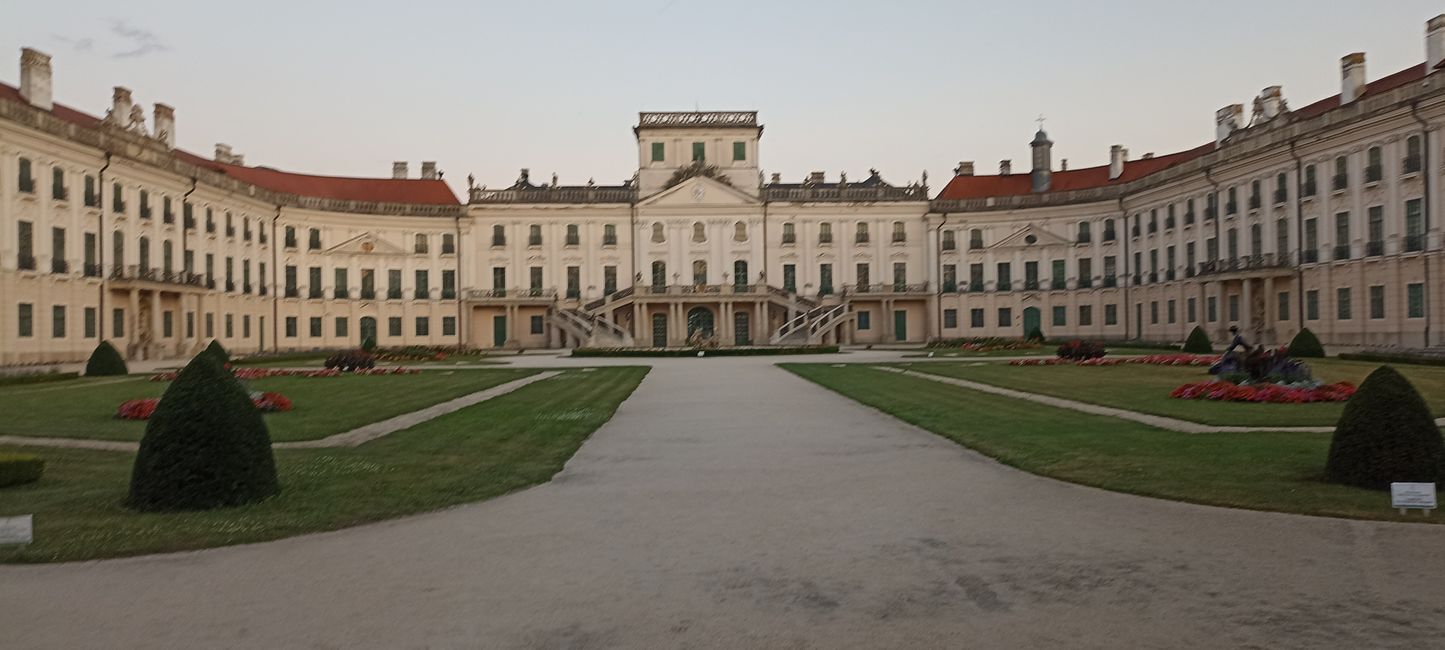
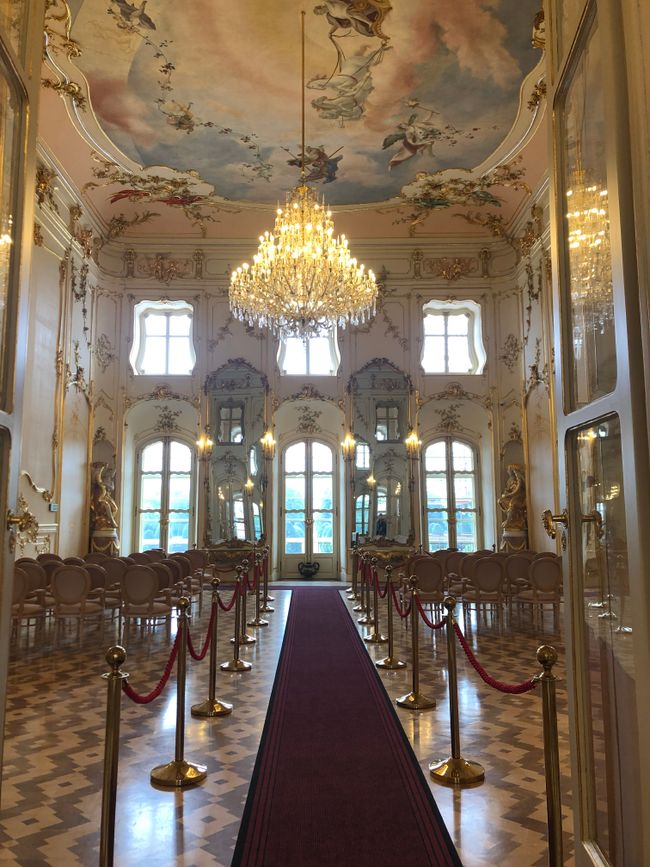
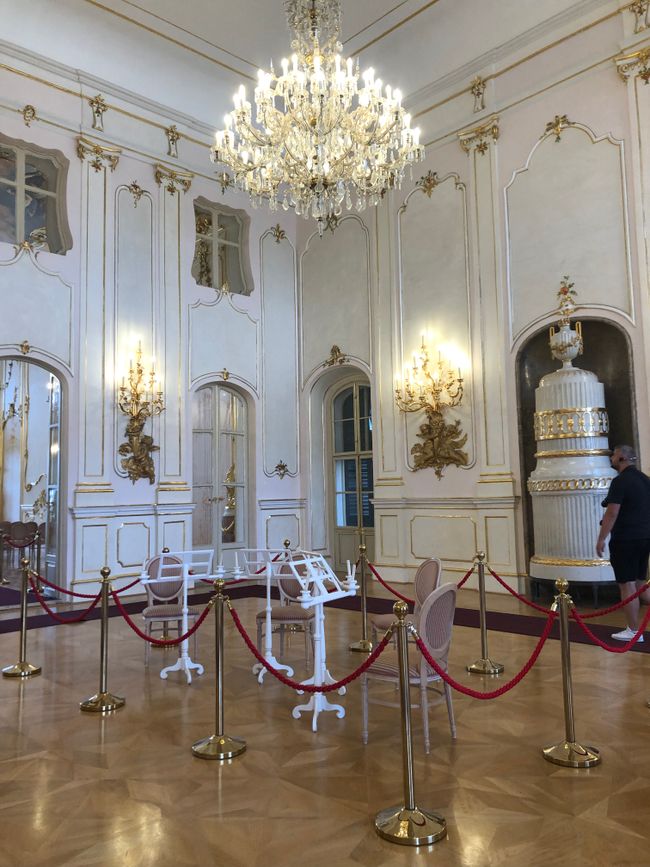
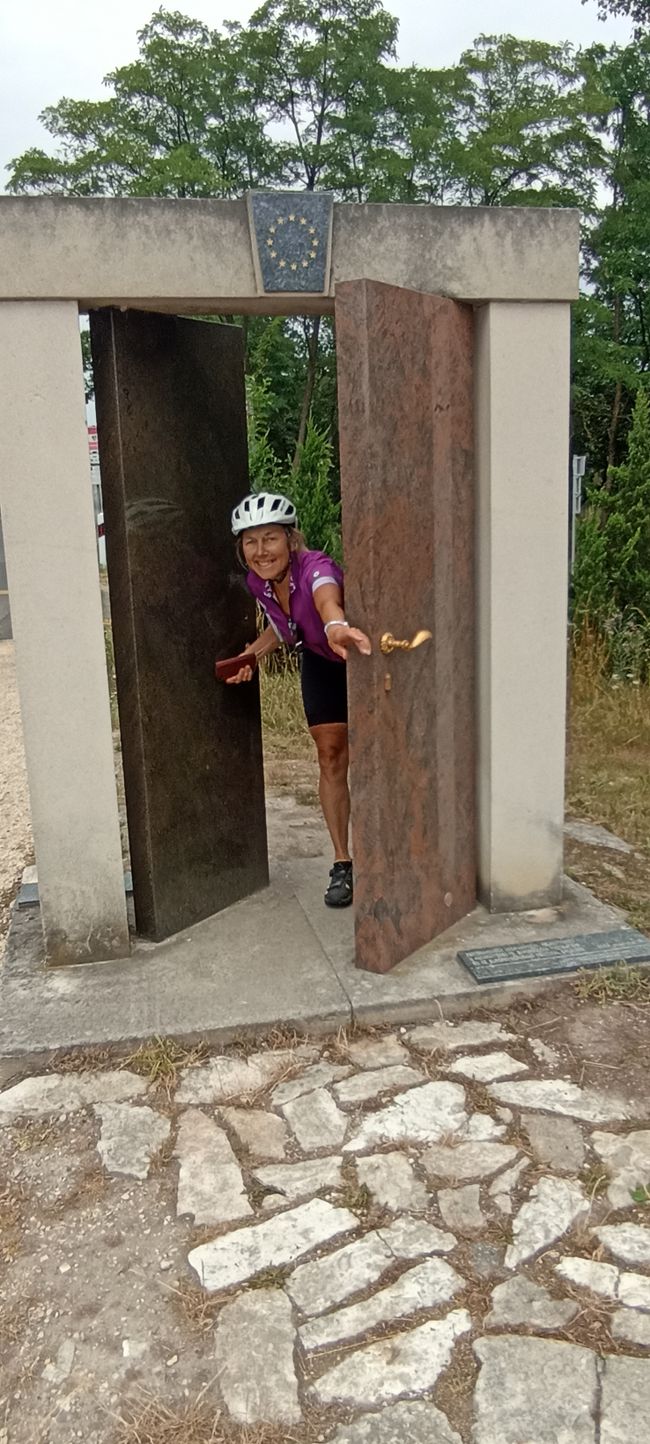
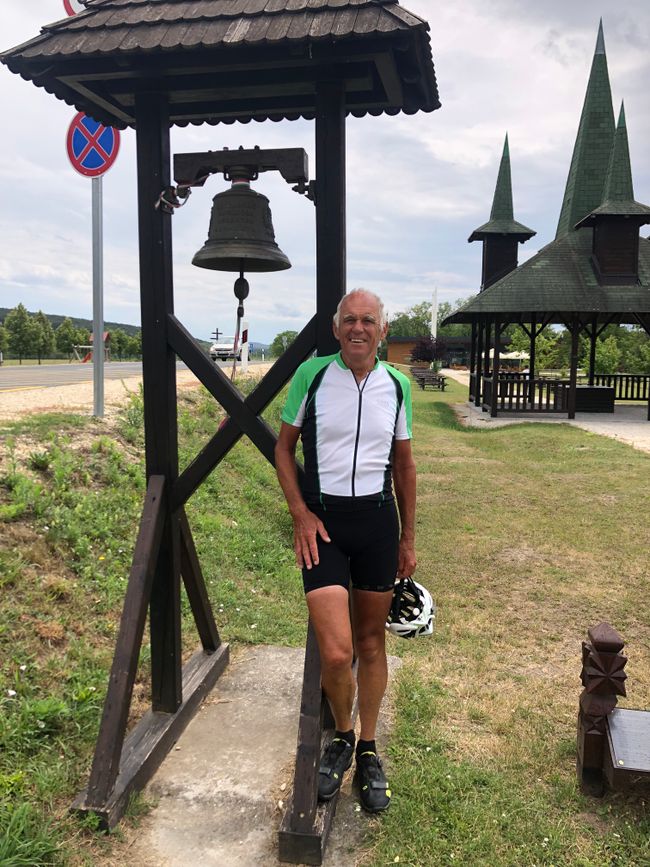
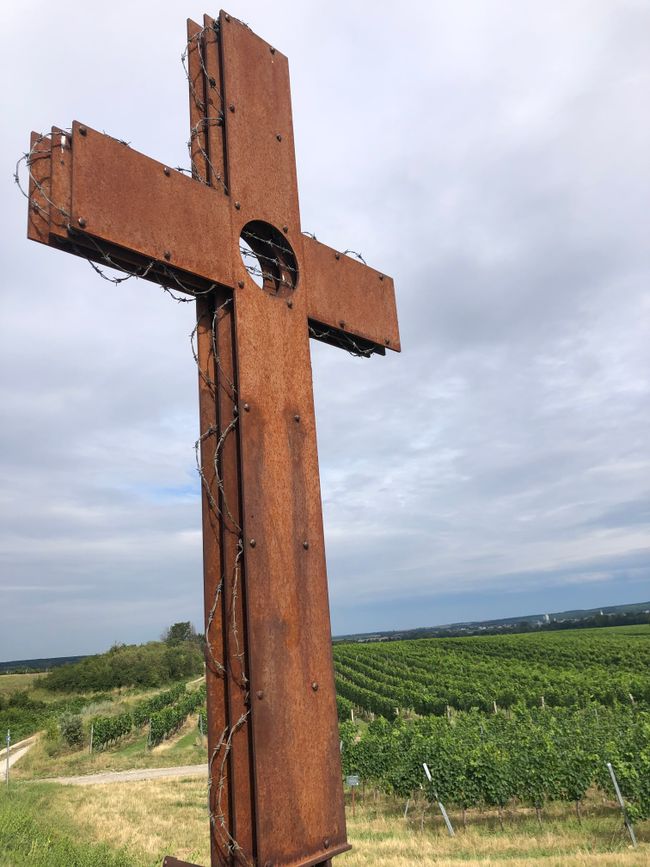
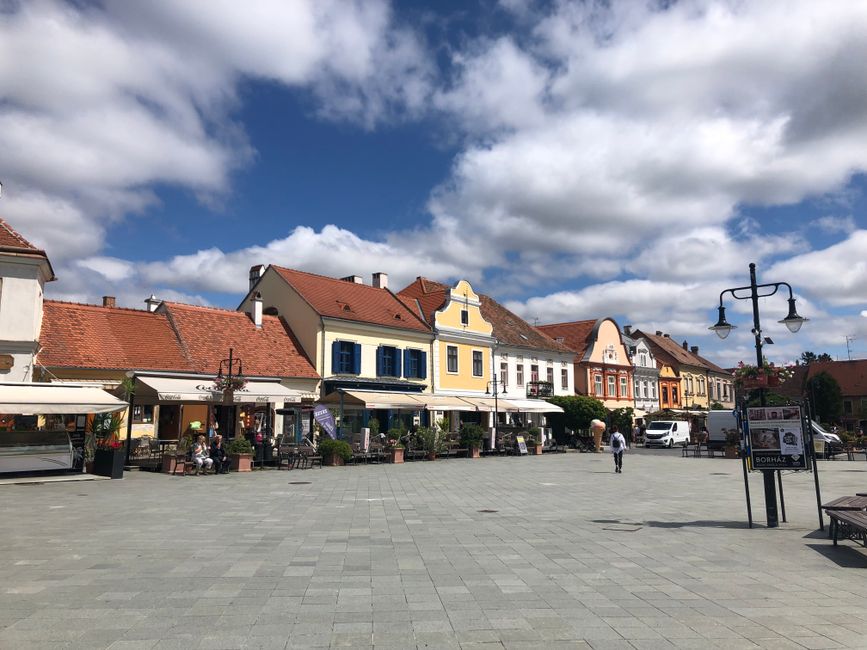
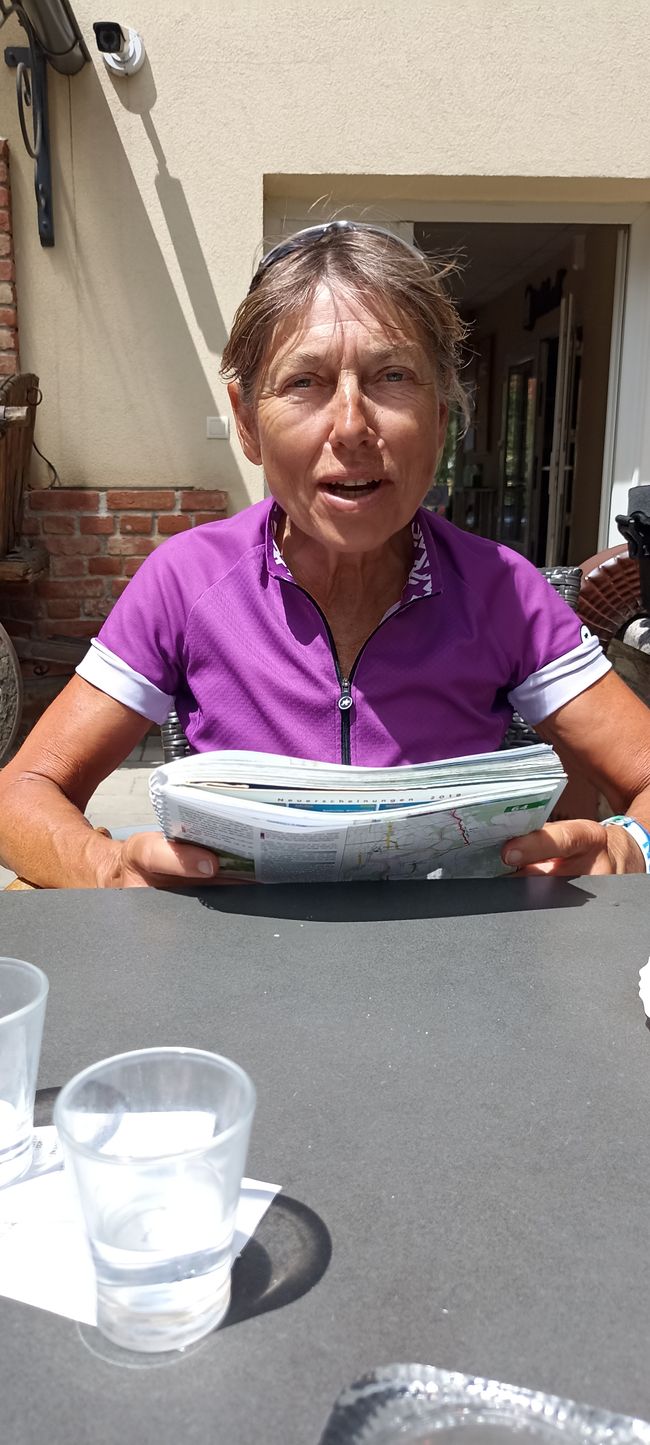
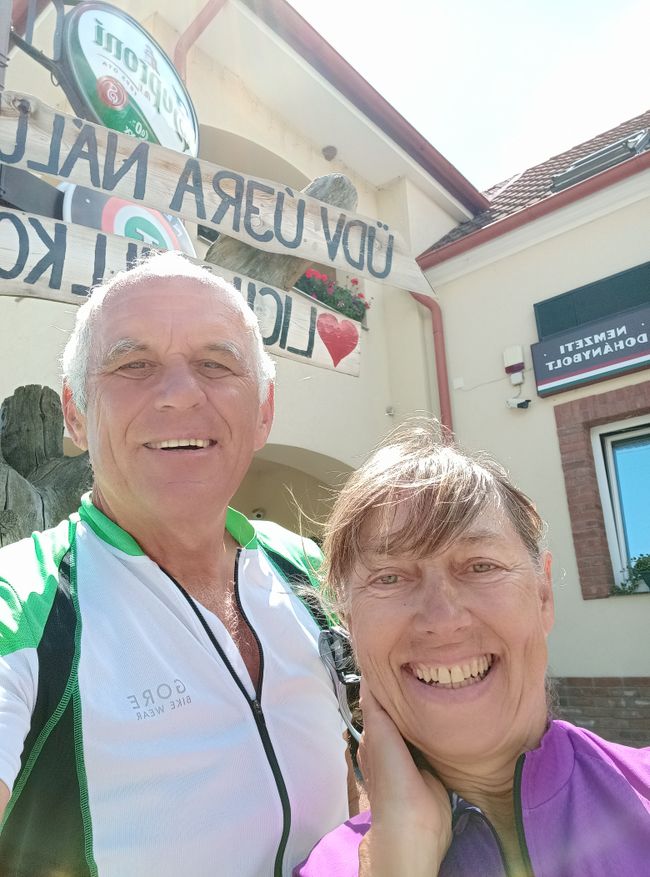


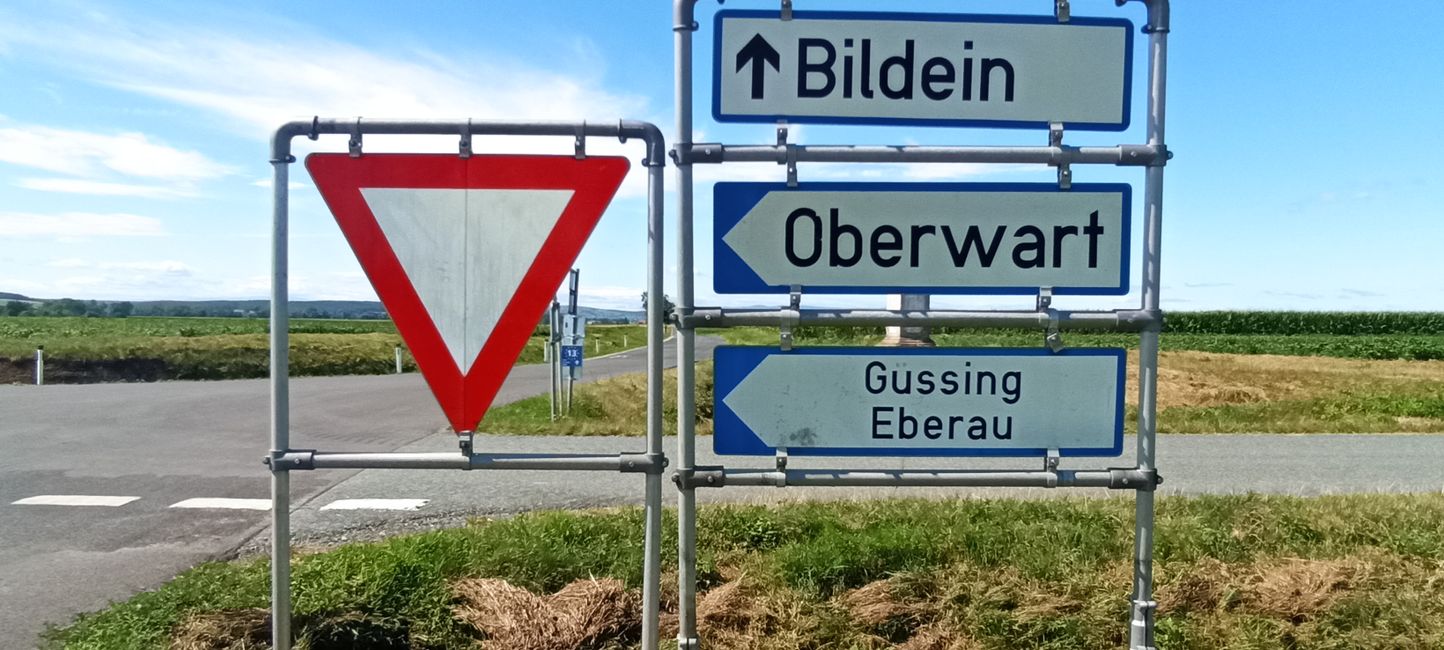
Kyerɛw wo din wɔ Newsletter no mu
Day 31 - July 6: Bratislava - Kittsee - Nickelsdorf - Andau- Pamhagen - Fertöd 110 km This stage is flat and largely favored by tailwinds, but it offers extremely interesting impressions along the Austrian-Hungarian border, impressive encounters, and an incredible personal and family revelation. But let's start at the beginning. As we set off in the morning, the sun is shining, as it often does, and leaves us twice during the day to make way for the rain. But only briefly! In Bratislava, we bid farewell to our wonderful hosts Zita and George. The EV 13 is excellently signposted, so we quickly find our way to Kittsee in Austria. There, I am surprised that public buildings are labeled bilingually, and the second language is not Slovak as expected, but Croatian. Since the 16th century, many Croats settled here, who had fled from the Turkish invaders. To this day, they maintain their language and culture. It becomes clear to me that my ancestors belonged to this group, as Kittsee is only about 10 km from Bratislava. The question repeatedly arose as to why we, as German refugees, have the name Valachovic. Obviously, my grandfather belonged to the Croats, then married Josefine Zeger and lived as a German in Bratislava. Croatian no longer mattered, especially since he died early. From Kittsee we cycle to Pama and via Deutsch Jahrndorf to the Dreiländer Skulpturenpark. Various artists have created impressive sculptures fitting to this place directly on the former border between Austria, Slovakia, and Hungary. I am particularly impressed by the triangle made of stone, which represents the three countries that are held together in balance by a fixed pendulum. There we meet James, an American diplomat who worked at the American Embassy in Kiev for 30 years and is now returning to Oregon. He is visiting friends and acquaintances who had to flee from Ukraine. He despairs at the situation in Ukraine and believes that the United States should take a tougher stance against Putin with its military capabilities. However, he also hopes that Ukraine will now take a clearer path towards democracy and Europe. We cycle on a forest and meadow path, encounters deer, rabbits, and various birds. A natural paradise! Behind Nickelsdorf, we come across a memorial stone commemorating the public cutting of the border fence by the two foreign ministers, Alois Mock and Gyula Horn, in August 1989. This made it possible for thousands of GDR citizens to flee safely to the West via Hungary. This also played a crucial role in the opening of the border in November 1989. Interestingly, in this context, the Hungarian government had already decided in 1988 to dismantle the border fences instead of costly repairs and removed the first section of the border fence as early as April 1989. Surprisingly, this was hardly noticed by the public. Our further route takes us past wheat, corn, vegetable fields, and vineyards, as well as numerous wind turbines. The area is obviously fertile and windy. We repeatedly encounter young border soldiers responsible for controlling and registering refugees, as it seems that the Hungarian side is not fulfilling this task, to which it is obliged. Another European problem: If a country does not abide by the rules, it is difficult to hold it accountable. From Andau, a long, straight boulevard leads to the Andau Bridge. Along this route, various artists have carved their ideas about the Iron Curtain into wood and stone sculptures, creating an impressive open-air gallery. The Andau Bridge was a crossing for farmers on both sides of the border for a long time. It became famous when, after the Hungarian Uprising in 1956, 70,000 refugees found their way to freedom in Austria before the bridge was blown up by Soviet soldiers. Forty years later, Austrian and Hungarian soldiers rebuilt the bridge together. We pass through Wallern and Pamhagen and return to the Hungarian side in the evening, reaching Fertöd with the famous Esterhazy Castle, which we will visit tomorrow.
Day 32 - July 7: Fertöd - Mörbisch - Schattendorf - Sopron - Lutzmannsburg 95 km In the morning, we visit the middle part of Esterhazy Castle, one of the largest Rococo castles in Hungary and a UNESCO World Heritage site. The entrance with its high wrought-iron gate and beautiful garden is impressive. The middle part, including the chapel, was restored with great effort after much damage caused by the Soviet occupiers. The grand mirror hall and the Haydn Hall are particularly beautiful. Joseph Haydn spent the largest part of his career here as a court musician of the Esterhazys. The cycle path around Lake Neusiedl to Mörbisch leads through vineyards, is paved, and well signposted, allowing us to make good progress. In the vicinity of Lake Neusiedl, many citizens of the GDR fled to the West in the summer of 1989 because the official border opening took place earlier here (see previous blog entry). The "Paneuropean Picnic" at the northern border crossing of Sopron also exerted pressure, as the border gate was opened for several hours. This was also an attempt to test the reaction of the Soviets. Today, various works of art stand there, such as the Monument of Open Doors, Umbruch, or the Peace Bell. We still have a few meters of altitude and headwind ahead of us until we reach the border town of Klingenbach. From there, we pass numerous wind turbines and cross the border back to Sopron in Hungary after 10 km. We switch back to Austria. Many citizens of the GDR also fled to the West at this border in the summer of 1989, as evidenced by a cross with barbed wire. In the evening, we reach our destination Lutzmannsburg.
Day 33 - July 8: Lutzmannsburg - Köszeg - Bideln - Moschendorf - Szentgotthard 100 km Total: 3055 km Today is our third day cycling along the border between the Austrian Burgenland and the Hungarian Transdanubia, which separated the two countries and especially the people for more than 50 years. And for us, this day is like a gift because we can cross from Hungary to Austria as we want or as the route does. And we have to stop and embrace each other, crying with joy and happiness after breaking the 3000 km mark. We celebrate this appropriately with an Esterhazy cake. And we are delighted that the strong wind is blowing in our backs and there are fewer clouds in the sky with every passing hour. We are making excellent progress for 75 km, but then we have to climb three hills, so that in the evening there are almost 1000 meters of altitude again. In the morning, we switch from the hotel to the Hungarian side and ride on a side road to Keszög, where we make a stop at the marketplace. The buildings appear very low because the square was raised after several fires. We make good progress on signposted and paved paths until Boszok. From there, we see the village of Rechnitz on the Burgenland side, where in the last days of the war in March 1945, 180 Hungarian Jews were shot in a massacre. 20 forced laborers had to dig the graves and were shot the next day. Ten days before the Red Army reached Rechnitz! Everyone in the village knew about it, and everyone remained silent. After the war, the responsible people took influential positions without anyone objecting. This is the basis for Eva Menasse's recently published novel "Dunkelblum" (recommended reading!). Something similar happened just two days later in Deutsch Schützen, less than 15 km away. Jewish forced laborers from Hungary who were supposed to dig the Southeast Wall were forced to march to the Mauthausen concentration camp due to the approaching Soviet Army. 60 particularly weak men were brought to Deutsch Schützen and shot there. The responsible SS Unterscharführer Adolf Storms lived undisturbed in Germany after the war until he was tracked down after 2000. He evaded just punishment by passing away at the age of 90. Such abhorrent stories leave us breathless. On the way, we visit Sandor Petofi's Iron Curtain Museum. With incredible dedication, the former Hungarian border soldier has set up a private museum in his garden that illustrates the three phases of border fortification with a focus on minefields. At the top, the current border fence between Hungary-Serbia and Hungary-Croatia is reconstructed, which has been protecting Europe since 2015. We remember Herleshausen and Klaus Gogler, who points out in the WerraGrenzpark that there are significantly more borders today than before the fall of the Iron Curtain. We wonder helplessly why humanity does not learn from its fatal mistakes and continues to develop positively. We take a snack break at an intersection that would fit well in a Kaurismäki film. Instead of American road cruisers, we park our fully loaded bikes there. The yellow 2CV coming around the corner fits into the scene. In the late afternoon, we climb three hills again, which we cope with well thanks to our fitness levels, even if Dominique's left knee twinges occasionally. We are almost there! Tomorrow, only 20 km to the Slovenian border, then we will leave EuroVelo 13 / Iron Curtain Trail and spend a few days cycling vacation in Slovenia (not a week of rest: hahaha!). And hopefully next year, we will complete the final stretch to the Black Sea...
Day 32 - July 7: Fertöd - Mörbisch - Schattendorf - Sopron - Lutzmannsburg 95 km In the morning, we visit the middle part of Esterhazy Castle, one of the largest Rococo castles in Hungary and a UNESCO World Heritage site. The entrance with its high wrought-iron gate and beautiful garden is impressive. The middle part, including the chapel, was restored with great effort after much damage caused by the Soviet occupiers. The grand mirror hall and the Haydn Hall are particularly beautiful. Joseph Haydn spent the largest part of his career here as a court musician of the Esterhazys. The cycle path around Lake Neusiedl to Mörbisch leads through vineyards, is paved, and well signposted, allowing us to make good progress. In the vicinity of Lake Neusiedl, many citizens of the GDR fled to the West in the summer of 1989 because the official border opening took place earlier here (see previous blog entry). The "Paneuropean Picnic" at the northern border crossing of Sopron also exerted pressure, as the border gate was opened for several hours. This was also an attempt to test the reaction of the Soviets. Today, various works of art stand there, such as the Monument of Open Doors, Umbruch, or the Peace Bell. We still have a few meters of altitude and headwind ahead of us until we reach the border town of Klingenbach. From there, we pass numerous wind turbines and cross the border back to Sopron in Hungary after 10 km. We switch back to Austria. Many citizens of the GDR also fled to the West at this border in the summer of 1989, as evidenced by a cross with barbed wire. In the evening, we reach our destination Lutzmannsburg.
Day 33 - July 8: Lutzmannsburg - Köszeg - Bideln - Moschendorf - Szentgotthard 100 km Total: 3055 km Today is our third day cycling along the border between the Austrian Burgenland and the Hungarian Transdanubia, which separated the two countries and especially the people for more than 50 years. And for us, this day is like a gift because we can cross from Hungary to Austria as we want or as the route does. And we have to stop and embrace each other, crying with joy and happiness after breaking the 3000 km mark. We celebrate this appropriately with an Esterhazy cake. And we are delighted that the strong wind is blowing in our backs and there are fewer clouds in the sky with every passing hour. We are making excellent progress for 75 km, but then we have to climb three hills, so that in the evening there are almost 1000 meters of altitude again. In the morning, we switch from the hotel to the Hungarian side and ride on a side road to Keszög, where we make a stop at the marketplace. The buildings appear very low because the square was raised after several fires. We make good progress on signposted and paved paths until Boszok. From there, we see the village of Rechnitz on the Burgenland side, where in the last days of the war in March 1945, 180 Hungarian Jews were shot in a massacre. 20 forced laborers had to dig the graves and were shot the next day. Ten days before the Red Army reached Rechnitz! Everyone in the village knew about it, and everyone remained silent. After the war, the responsible people took influential positions without anyone objecting. This is the basis for Eva Menasse's recently published novel "Dunkelblum" (recommended reading!). Something similar happened just two days later in Deutsch Schützen, less than 15 km away. Jewish forced laborers from Hungary who were supposed to dig the Southeast Wall were forced to march to the Mauthausen concentration camp due to the approaching Soviet Army. 60 particularly weak men were brought to Deutsch Schützen and shot there. The responsible SS Unterscharführer Adolf Storms lived undisturbed in Germany after the war until he was tracked down after 2000. He evaded just punishment by passing away at the age of 90. Such abhorrent stories leave us breathless. On the way, we visit Sandor Petofi's Iron Curtain Museum. With incredible dedication, the former Hungarian border soldier has set up a private museum in his garden that illustrates the three phases of border fortification with a focus on minefields. At the top, the current border fence between Hungary-Serbia and Hungary-Croatia is reconstructed, which has been protecting Europe since 2015. We remember Herleshausen and Klaus Gogler, who points out in the WerraGrenzpark that there are significantly more borders today than before the fall of the Iron Curtain. We wonder helplessly why humanity does not learn from its fatal mistakes and continues to develop positively. We take a snack break at an intersection that would fit well in a Kaurismäki film. Instead of American road cruisers, we park our fully loaded bikes there. The yellow 2CV coming around the corner fits into the scene. In the late afternoon, we climb three hills again, which we cope with well thanks to our fitness levels, even if Dominique's left knee twinges occasionally. We are almost there! Tomorrow, only 20 km to the Slovenian border, then we will leave EuroVelo 13 / Iron Curtain Trail and spend a few days cycling vacation in Slovenia (not a week of rest: hahaha!). And hopefully next year, we will complete the final stretch to the Black Sea...
Kyerɛw wo din wɔ Newsletter no mu
Anoyie (6)
Horst
Sehr sehr beeindruckend. Lese gerne Eure ganzen Erlebnisse. Auch die Geschichte der Kroaten.Harald
Das mit den Kroaten erklärt doch endlich, warum.wir Valachovic heißen. Schon dafür hat sich die Reise gelohnt.Lothar
Dann muss der Point Alpha damals zu Kroatien gehört haben .
Ob ihres Fahrradtalentes werdet ihr Dominiques Wurzeln bestimmt in Slowenien entdecken ......Harald
Ganz bestimmt, denn Dominique klettert unvermindert mindestens 200 m vor mir die Berge hoch.
Ich finde noch raus wie Point Alpha auf kroatisch heißt. Irgend etwas mit -vic.paolo
Paolo
Get up. Stand up. Dont give up the fight.
Beindruckt und leicht geschämt bei einem Glas Rosé. Herzlichst vHarald
Wir halten durch bis über die Julischen Alpen. Danke, dass ihr mitgeht , wenn auch „ nur“ lesender Art. Liebe Grüsse Dominique 